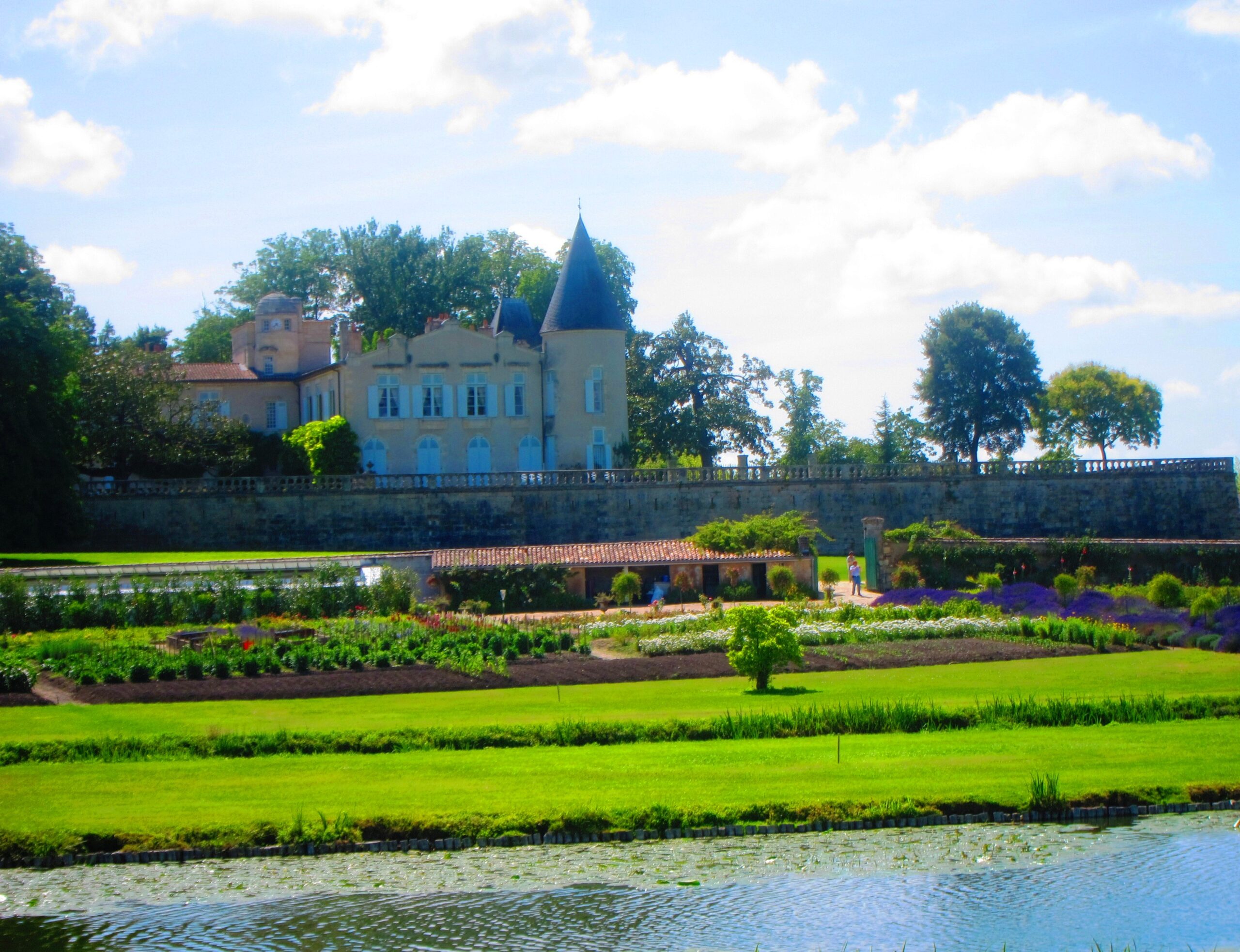2010 Château Lafite Rothschild Pauillac Bordeaux France Wine Tasting Note
34053 Views
|
2010
Château Lafite Rothschild (Pauillac)
The potential is here. The nose is strong complex and haunting. But on the palate, the dusty tannins are front and center, keeping most of what the wine has in check. Give it 10-15 more years and this could blossom. 5,302 Views Tasted Nov 8, 20192010 Lafite Rothschild ŌĆō Produced from a blend of 87.2% Cabernet Sauvignon and 12.8% Merlot, (which is close to what the estate used in 2005,) the wine opened with cedar, earth, minerality, cassis and forest floor aromatics. In the mouth, the wine is suave, polished and fresh, with layers of pure blackberry and spicy cassis. This is pure refined elegance. While not the most powerful First Growth, itŌĆÖs the most regal in bearing. According to the Director, Charles Chevalier, part of the reason for the success in 2010 was due to less pumping over than usual. Chevalier added, with the high 13.5% ABV level, his team spent more time watching over each individual vat during fermentation. 97-99 Pts 28,751 Views Tasted Apr 20, 2011 |

When to Drink Chateau Lafite Rothschild, Anticipated Maturity, Decanting Time
Chateau Lafite Rothschild is not a wine to drink on the young side. The wine is usually far too tannic and reserved in its youth. Young vintages can be decanted for an average of 3-6 hours, give or take. This allows the wine to soften and open its perfume.
Older vintages might need very little decanting, just enough to remove the sediment. Chateau Lafite Rothschild is usually better with at least 15 years of bottle age. Of course, that can vary slightly, depending on the vintage character. Chateau Lafite Rothschild offers its best drinking and should reach peak maturity between 15 and 60 years of age after the vintage.
Serving Chateau Lafite Rothschild with Wine and Food Pairings
Chateau Lafite Rothschild is best served at 15.5 degrees Celsius, 60 degrees Fahrenheit. The cool, almost cellar temperature gives the wine more freshness and lift.
Chateau Lafite Rothschild is best paired with all types of classic meat dishes, veal, pork, beef, lamb, duck, game, roast chicken, roasted, braised, and grilled dishes. Chateau Lafite Rothschild is also good when matched with Asian dishes, rich fish courses like tuna, salmon, mushrooms, and pasta.
Chateau Lafite Rothschild is the most elegantly styled of the three First Growths from Pauillac. But do not confuse the term elegant with light.┬ĀChateau Lafite is perhaps the most aromatic of the First Growths as well, with a perfume that fills the air with cedar, cassis, spice, tobacco, truffle, lead pencil, dark, red berries, and earthy notes.
In the best vintages, the wine requires decades to develop to its full potential. Trust me on this, it is worth the wait!
Lafite Rothschild is also involved in several diverse wine investments in countries outside of France. Vina Los Vascos in Chile was their first venture outside of Bordeaux, where they make several red and white wines primarily from Coloagua Chile.
In 1999, they joint ventured with the Catena family in Mendoza, Argentina to produce Bodegas Caro.
Continuing to expand, in 1999, they purchased Domaine dŌĆÖAussieres in the Languedoc-Roussillon appellation, located just below the Southern Rhone Valley. Their first move to Asia came in 2011 when they planted vines in the Penglai Peninsula in the Shandong Province in China. The vineyards were planted by Cabernet Sauvignon and Syrah.
Since 1995, the DBR group has also produced "The Collection," which is a series of generic, low-priced wines from various Bordeaux appellations sold under the name of Legende.

